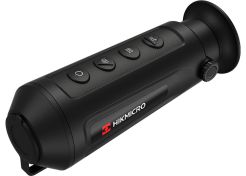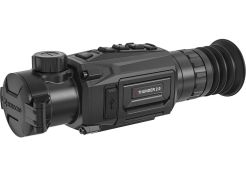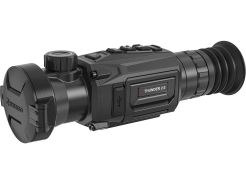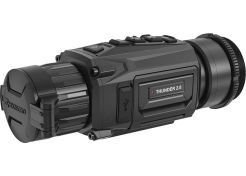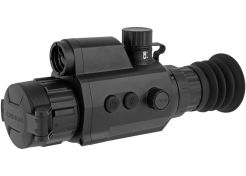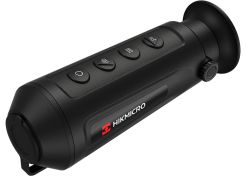What’s the difference between thermal imaging cameras and night vision?
Both terms are often wrongly used by swapping them or thinking they mean the same. That’s understandable, as they are also both referred to as infrared cameras. Which isn’t completely beside the truth though, as a thermal imaging camera always is an infrared camera and night vision cameras can often also be an infrared camera, but they’re not solely that. Confusing, isn’t it?
Right, time to make things clear one and for all. First, let’s get the night vision cameras explained and out of the way. They function by amplifying the residual light available, such as light from the stars and moon. This means they always need a light source of some sorts and to prevent them from simply not functioning in pitch black circumstances, they’re often able to detect short wave infrared radiation. As short wave infrared radiation doesn’t travel far, many night vision cameras use their own infrared light source. Invisible light, that will have the same effect as using a torch, but only visible when looking through the night vision camera.
Thermal imaging cameras however, work in a completely different way. They translate thermal radiation into a visible image, meaning they can function in total darkness and don’t need any sort of light source whatsoever. The way thermal imaging cameras work is by converting long wave infrared radiation into an image that’s visible to the human eye. Because every surface with a different temperature sends out a different radiation, thermal imaging is a perfect way to be able to see your surroundings without the need of having even the smallest trace of light. Long wave infrared radiation has a long reach, making thermal imaging cameras better for longer distances than night vision cameras.
This is the big advantage of a thermal imaging camera
As the thermal imaging camera doesn’t use light, it can be used both day and night. Where a night vision camera will be unusable at daytime and can be blinded ,for example by car lights, a thermal imaging camera doesn’t suffer from any of this. As it just uses surface temperature radiation, it can’t be blinded and is even of use during daytime when -as mentioned before- fog or dense undergrowth hinders your vision. Take grass for example. Those vertical lines will blur most of your vision, making it hard to see through it. A mouse, for instance, could stay undetected by the human eye, but its heat radiation will be clearly visible on the thermal imaging camera. As long as a small bit of heat can be sensed, it will be displayed.
This is how a thermal imaging camera works
As complicated as it may seems, it’s really not that hard to understand how a thermal imaging camera works. You just need to follow the path from the object you’re looking at, to your eye:
- Depending on the temperature, any surface will radiate long wave infrared radiation.
- This infrared radiation passes through the objective lens, where it’s bundled before it reaches the surface of the microbolometer, that’s the thermal sensor.
- The surface of the sensor is sensitive to temperature and converts that to electric signals that are translated in an EPU (Electronic Processing Unit) to signals that can be displayed on the micro display.
- The lens of the ocular then acts as a magnifier to provide you with a clearly visible image.
These are the thermal imaging cameras we’ve got for sale
The concept of thermal imaging can be implemented in multiple platforms and we’ve got the main three of those for dale. Firstly, we’ve got handheld thermal imaging cameras. These are monoculars and binoculars that you can use for observation. You might call them thermal imaging spotting scopes. Then there are thermal imaging rifle scopes, that will have the same function as a conventional rifle scope, but can function day and night. And finally, we’ve got clip-on thermal imaging cameras that can be attached to your normal rifle scope to add night vision to its resume.
What can a thermal imaging camera do?
Most common uses of thermal imaging cameras are observation and hunting and while hunting is self-explanatory, observation can serve multiple purposes. First of all, you can observe animals for hunting or when you’re working in nature preservation, but also when you’re just interested as a hobby. Thermal imaging cameras can also be used in completely different areas, such as security or engineering, where thermal imaging can give you insight in components that run hot or are staying to cold.
Most thermal imaging cameras are capable of storing images. This can be done as screenshots or videos and it provides you with the opportunity to watch back and analyse your captures or share them with others. Often, a USB port can be used, but most thermal imaging cameras also use wifi to transfer data. This has the added advantage that you can use your smartphone as a secondary screen.
Because converting ‘invisible’ infrared radiation into something visible is a digital process, the colours used on the micro display can be endless. Different brands and models can offer different colour pallets, but the most common ones are:
- White hot
- Black hot
- Red hot
- Fusion of colours
The first three will provide an image that’s closest of what we’re used to be seeing. It’s like a black and white image. White hot, for example, looks like a photo negative. White is hot, grey is a more moderate temperature an black is cold. A fusion of colours is less natural, but the diversity in colours makes for a very quick and more exact recognition of temperatures.
Tips for buying a thermal imaging camera
Depending on the intended use, you first have to choose what kind of thermal imaging camera you want. For observing, a handheld monocular or binocular is best. The first is nice and compact to carry with you, while the latter is significantly bigger, but as you’re watching with two eyes, it’s less tiring for the eyes with continuous use and it offers a slightly bigger field of view. For hunting, you’ve got two options; the first one is using a clip-on thermal imaging camera to attach in front of your rifle scope. This has the advantage that you can enjoy a clear optical image during daytime, without draining the battery and only attach the thermal imaging camera when needed. The second one is a thermal imaging rifle scope that completely replaces your conventional rifle scope, meaning there isn’t much difference in weight and balance. You don’t need to carry a clip-on addition with you, it’s just one rifle scope for all conditions without any fuss.
While the choice for what kind of thermal imaging camera you should go for is quite straightforward, it’s the technical specifications that are more intimidating. However, you don’t have to be an expert to be able to understand which specifications could be important for you and how to interpret them . We’ll guide you through the ones that matter most:
- NETD (Noise Equivalent Temperature Difference) is a number that indicates the thermal sensitivity, i.e. how small the temperature difference is that can be detected. The unit for this is millikelvin (mK), which is similar to one thousandth of a degree Celsius. The lower the NETD-value, the smaller the difference in temperature that can be detected. Everything with a temperature difference, smaller than the minimum that can be detected, will be displayed as noise. So the lower the NETD-value, the more detailed an image will be. For industrial purposes, an NETD of 100 mK will do just fine but for hunting and observation we recommend an NETD ≤50 mK.
- Framerate is displayed in FPS (frames per second), which is the frequency of how many frames (images) are displayed per second. Think of an old-fashioned film tape being showed. The slower the tape runs, the jerkier the image will appear. When you increase the framerate, the image will appear more smoothly and life-like. A similar value is the refreshing rate of the screen in Hertz (Hz). The more often the image is refreshed, the smoother the image will appear. As an indication, television often appears in 50 Hz.
- Pixels are the smallest elements of a display. The more pixels on a given surface (often one square inch), the denser, thus detailed the image. Same goes for the pixels on a sensor, which are the sensitive parts on it.
- Pixel pitch is the distance between the centre of a pixel and the centre of the pixel next to it. The shorter the distance, the more detailed the image is, as there will be more pixels per square inch. The pixel pitch is measured in micrometres (µm).
- Sensor resolution tells you how many pixels are on a sensor and what the aspect ratio is (often 4:3). A resolution of, for example, 160x120 will give you 19.600 pixels and a resolution of 640x480 provides you with 307.200 pixels, which is considered high-resolution. The higher the resolution of a sensor, the more detailed the image and the further the reach of the thermal imaging camera.
Need more info? Ask our thermal imaging experts
When, after reading all above, there are still some questions you’d like to have answered, our experts will be happy to advice you. Ask one of our colleagues in the shop or contact our customer service. They can be reached by phone, e-mail and through the online chat on this webshop.







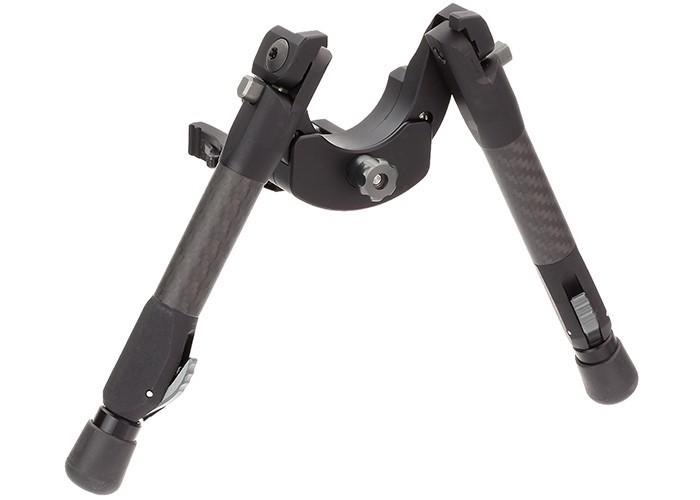
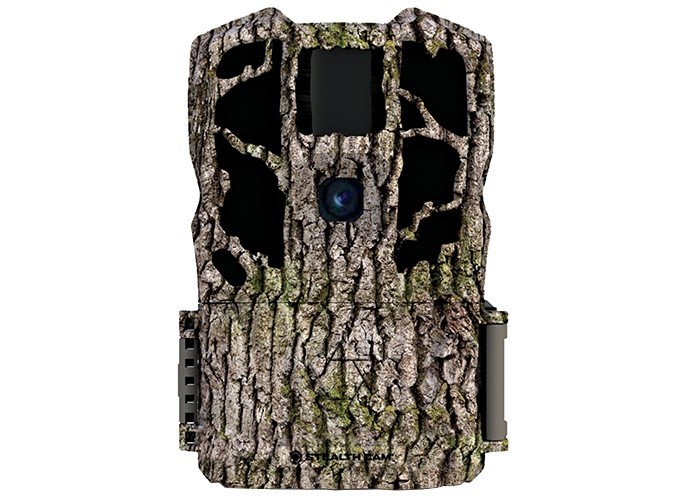
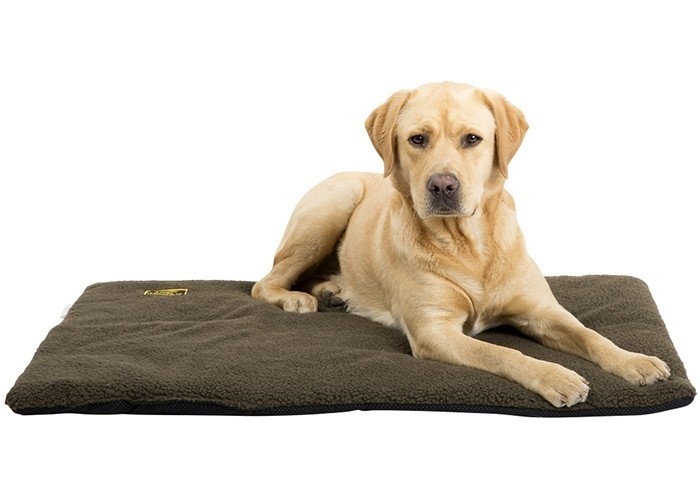

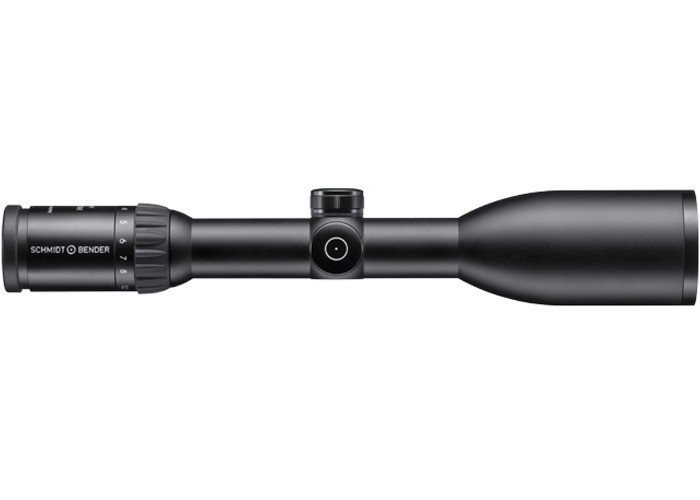
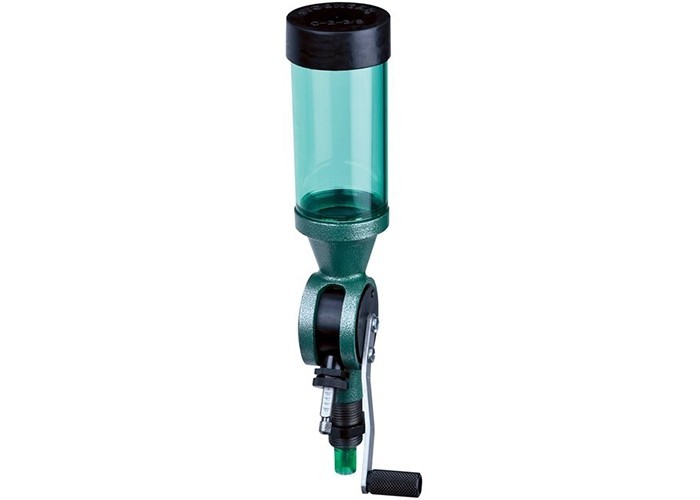




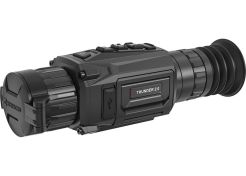
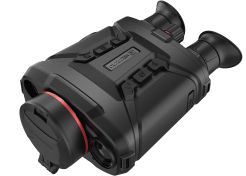



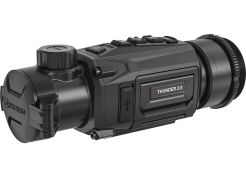

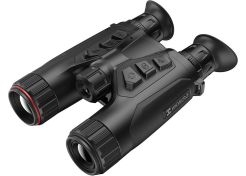
 Fast & secure delivery
Fast & secure delivery Secure shopping & payment
Secure shopping & payment Lots of expertise
Lots of expertise